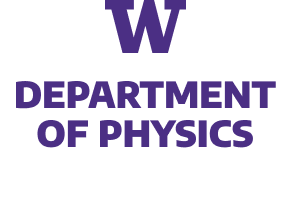A framework for simulating the real-time dynamics of particles in dense matter using quantum computers is developed. This formalism is used to simulate heavy-hadrons propagating through a dense medium in the Schwinger model. Measurements of the time-dependent energy and charge density are used to identify mechanisms responsible for energy loss and hadron production (hadronization). A study of entanglement dynamics highlights the importance of quantum coherence between the particles that make up the dense medium. Throughout this work, care is taken to isolate, and remove, phenomena that arise solely from a finite lattice spacing. An efficient method and the corresponding quantum circuits for preparing ground states in the presence of heavy mesons are presented. These circuits are used to estimate the resources required to simulate in-medium energy loss and hadronization in the Schwinger model using quantum computers.
This work was supported, in part, by the U.S. Department of Energy grant DE-FG02-97ER-41014 (Roland), by U.S. Department of Energy, Office of Science, Office of Nuclear Physics, InQubator for Quantum Simulation (IQuS) under Award Number DOE (NP) Award DE-SC0020970 via the program on Quantum Horizons: QIS Research and Innovation for Nuclear Science (Roland, Martin), the Quantum Science Center (QSC) which is a National Quantum Information Science Research Center of the U.S. Department of Energy (DOE) (Marc). This work is also supported, in part, through the Department of Physics and the College of Arts and Sciences at the University of Washington.


